L-finesse, a contraction of ‘leading edge with finesse’, was introduced in 2003, shortly after the creation of the Lexus Design department and two years before its first manifestation in the 2005 GS model.
At the time we were informed that the new design language was going to be expressed through three definitions: ‘incisive simplicity’, in other words, clean fuss-free lines; ‘intriguing elegance’, a fascinating juxtaposition of seemingly opposing elements; and ‘seamless anticipation’, the transformation of form depending on angle and movement.
For many cars, headlamps provide the defining, expressive feature of an entire vehicle’s design. For Lexus, the clearest expression of L-finesse aesthetic philosophy is breathed in through the dramatic spindle grille.
It is a centrepiece that has evolved over the past decade to meet the needs and expectations of an ever-growing customer base, offering a clearer visual identity that conveys more emotion and strength. Is that just designer-speak? How has this progression occurred in reality?
GS, LS and IS

Since the debut of the LS in 1989, the grille identity of Lexus was based on an inverted-trapezoid shape populated with finely pitched horizontal or radial bars. The implementation of L-finesse in the 2005 GS saw a careful evolution of this traditional feature into a more dynamic, sophisticated form, known internally as the ‘Resolute Look’.
The trapezoid grille was changed to a sharper, more aggressive shape by lengthening the upper horizontal perimeter and shortening the lower, while positioning the whole grille lower in relation to the headlamps to produce a more focused face. Meanwhile, the headlamps themselves were given a more acute angle to follow the outline of the grille, the inner point of which featured an attractive arrowhead motif, an early signature of L-finesse design that continues today and can be seen recurring in other areas of each vehicle.
HS and IS F

The first evolution of L-finesse concentrated on improving the aerodynamic performance of each model’s front end while simultaneously maintaining cooling performance. This was achieved by shrinking the size of the upper trapezoid grille and increasing the lower grille aperture. The symbolism of strength implied by the upper grille in premium market cars was not ignored, so the two grilles were proportioned to complement each other despite being separate entities.
CT

Evolving L-finesse design took on a bold, three-dimensional profile with the launch of the CT model, visually expressing the smooth, dynamic flow of air across and through the frontal aspect. Both the headlamps and upper grille appear to be set more deeply into the bodywork, an effect partly attributed to the pushing forward of the nose area in relation to these items. It is this forward centre point that houses the two grilles; and though the upper grille inherited the inverted-trapezoid shape from the previous iteration of L-finesse, viewing the outlines of the two grilles as one entity showed the subtle beginnings of the spindle shape that would later mark the most dramatic evolution of L-finesse to date.
New GS and IS

The ultimate expression of L-finesse — for the time being at least — is seen in the harmonising of the upper and lower grilles in a clearly defined spindle shape. This dramatic and memorable feature increases the prominence of the lower grille, which on the GS is enhanced with brake cooling ducts on either side to give the impression of a firmer, more low-slung stance. Once again, the grille and headlamp elements are inset into the body, creating the impression that incoming air is being sucked deep into the body.
The forthcoming IS takes the latest look a couple of stages further, adopting some of the bold frontal treatments displayed by the LF-CC concept of 2012. The bumper bar separating the two grilles has now been deleted entirely, while the L-shaped arrowhead motif is now an element in its own right, separated entirely from the headlamps.
The Future
As we have seen over the past 10 years, L-finesse is an adaptable design philosophy that exemplifies the brand’s core messages while allowing for the expression of individual identities. The spindle grille may be the defining characteristic of today’s more emotionally-charged models but in another 10 years we could look back and recognise it as the starting point for a new, altogether different design direction. So the question we will all be intrigued to know is: where will Lexus design head next?
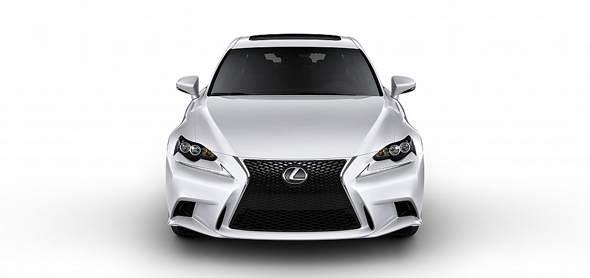
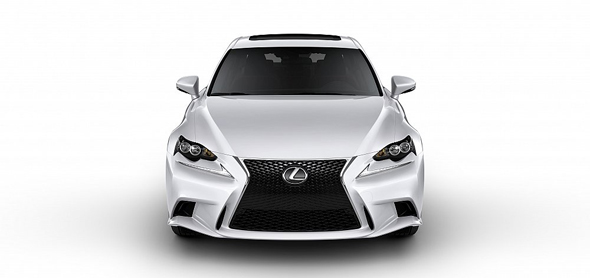
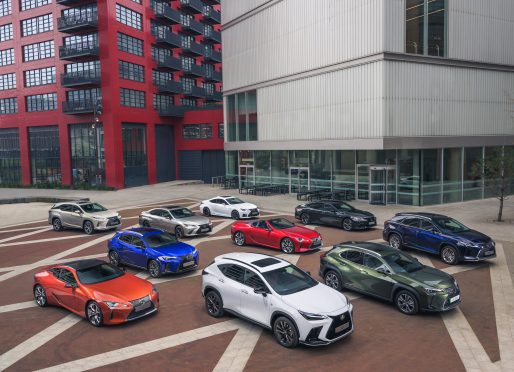
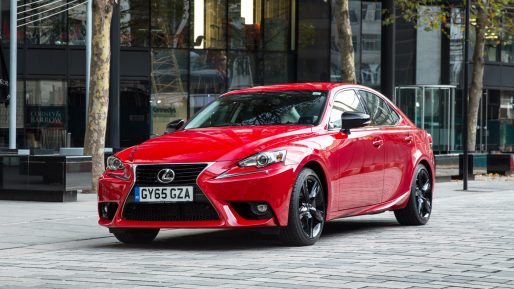
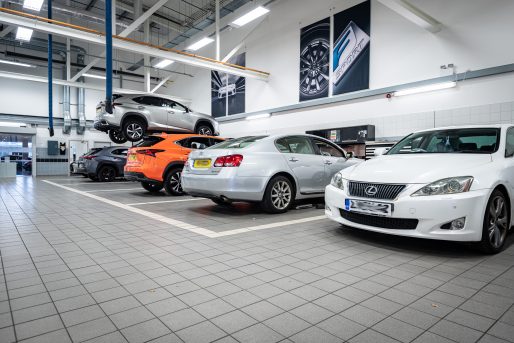
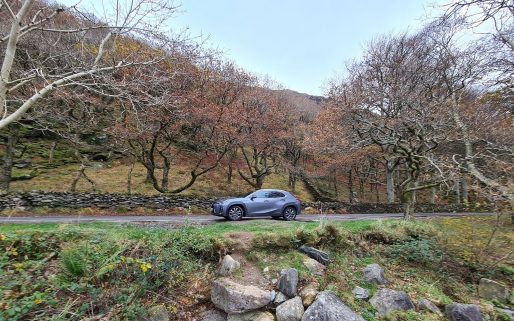
Bulldust baffles brains, eh.
What is a ‘spindle’ in this context? Everyone talks as if they know what it is, but won’t tell anyone. The only spindle I can find in several dictionaries is a long thin rod, or part of the front suspension of a car.
Hi David,
Thank you for getting in touch.
The term ‘spindle’ is used with reference to the shape of the grill, and a spindle, (that you would wrap thread or wool around the middle) – wide at either ends and narrow in the middle.
We hope this helps.